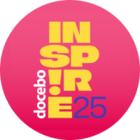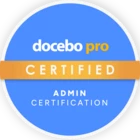Hello Community,
Does anyone here have the experience of using the new product called Learn Data? Basically, it is to connect all relevant data in the learning platform, to the organization’s data warehouse, which then can help the organization to create and manage its own learning dashboard with in-house tools e.g PBI.
- What’s your experience with this product so far?
- Do you need a sand box in order for it to function properly? We were told that having sand box is compulsory - for sand box, we have been using the platform since 2017 and can survive without it.
Look forward to some response!










